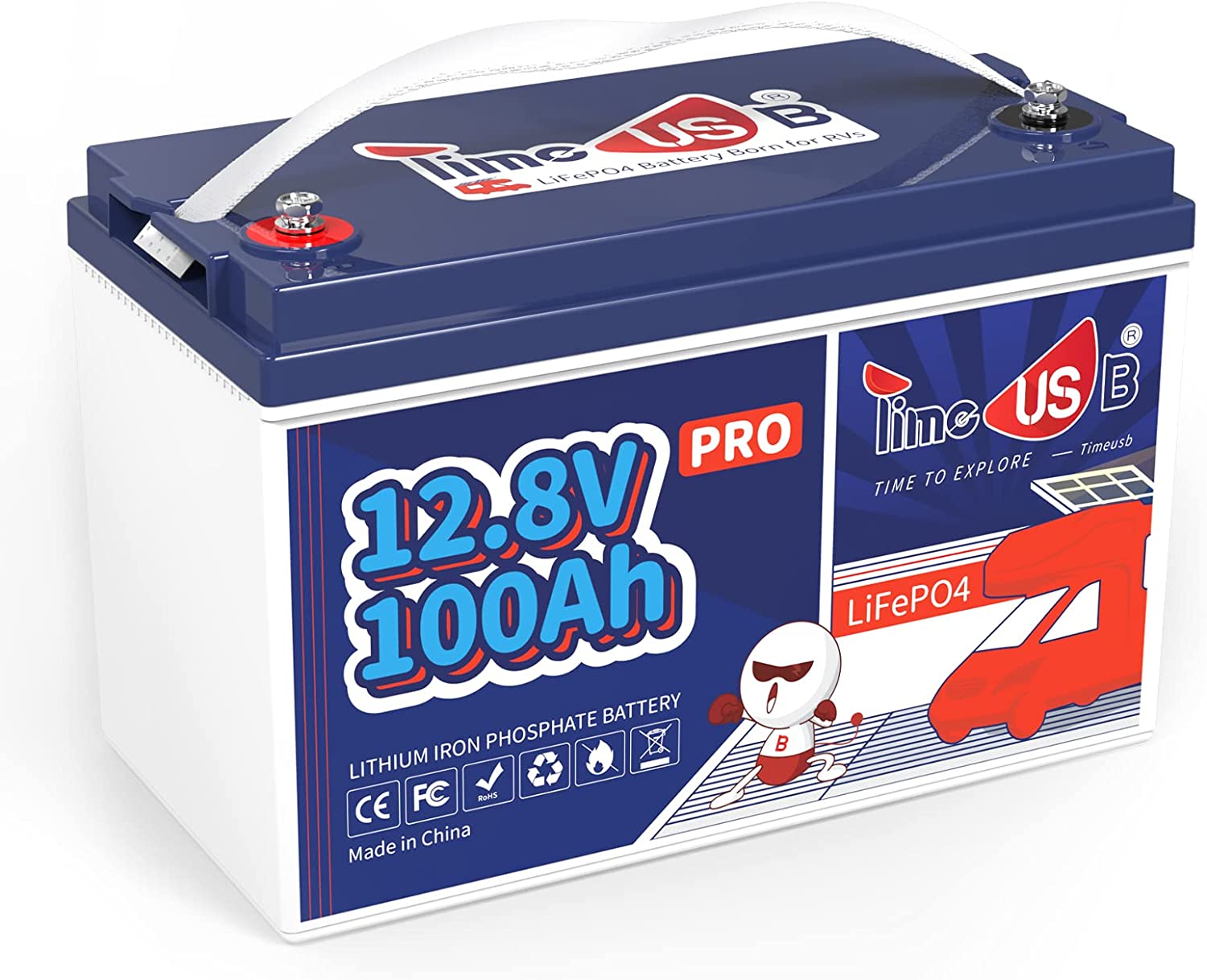It wasn’t that long ago when the idea of living year-round in a Recreational Vehicle was outlandish and ridiculous. However, modern RVs and their components have come a long way, and there are more ways than ever to make them feel like home. As such, living in an RV year-round is more common than you might think. However, one of the trickiest parts about full-time RV living is getting through winter.
Living in your RV during a harsh winter is challenging but very possible when you prepare properly. You’ll need to find a way to keep the warm air in and the cold air out, keep your water from freezing, and ensure your furnace is in working order. You’ll also need to ensure that you have a backup power source because winter power outages are common.
Like we said before, surviving winter in an RV is difficult but possible and even enjoyable. Preparation and having a plan are key, and that’s where we come in. By the time you’re finished with our full time RV living in winter guide, you’ll know exactly what to do to ensure you and your family stay safe and warm this winter. Let’s get prepping!
Step-by-Step Guide to Preparing Your RV for Full Time RV Living in Winter
You can safely live in your RV throughout the year as long as you prepare it for winter. If RV winter living interests you, here are the steps you need to follow.
Upgrade Your RVs Insulation
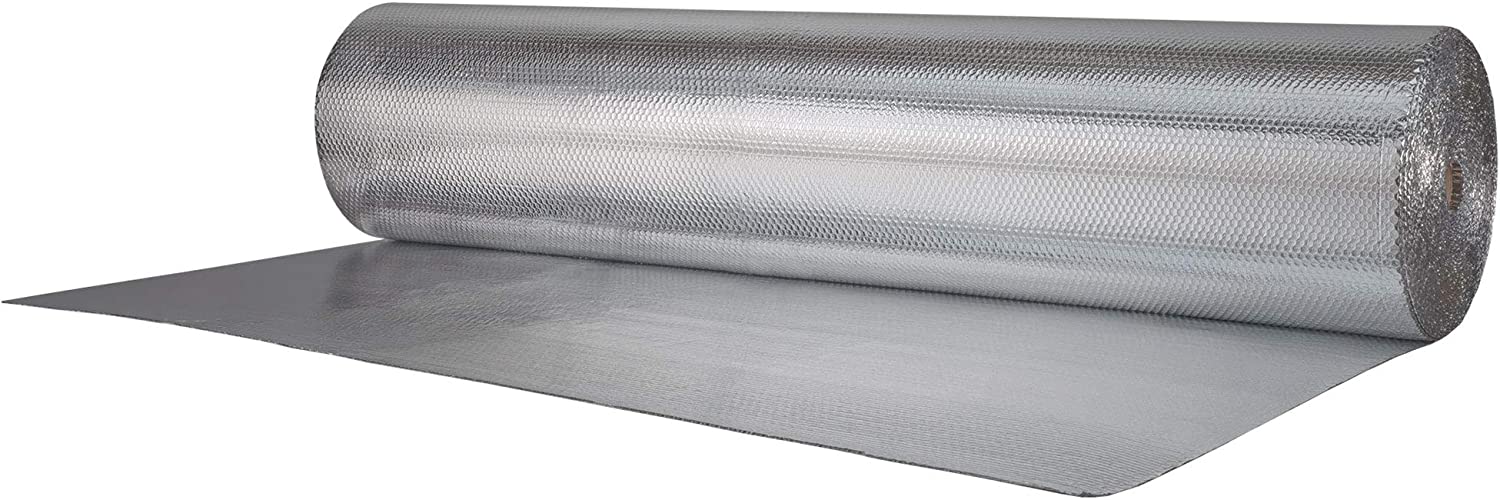
First and foremost with winter living is ensuring your insulation is up to par. Most RVs get built with little insulation to save costs during construction. While this makes your RV slightly cheaper, it also means that it isn’t suitable for winter living.
Upgrading your insulation doesn’t mean tearing the walls and ceilings apart. However, that is an option. Instead, you should focus on the underbelly of your RV. To do this, remove the wrapping or covering on the bottom side of your travel trailer.
Next, add an extra layer of insulation to the bottom of the RV, taking extra time to protect your plumbing pipes. You should also insulate your ductwork, which is usually on the camper’s bottom side. Once you’re satisfied, replace the cover or wrapping that holds the insulation in place under your RV.
Use Carpets and Rugs
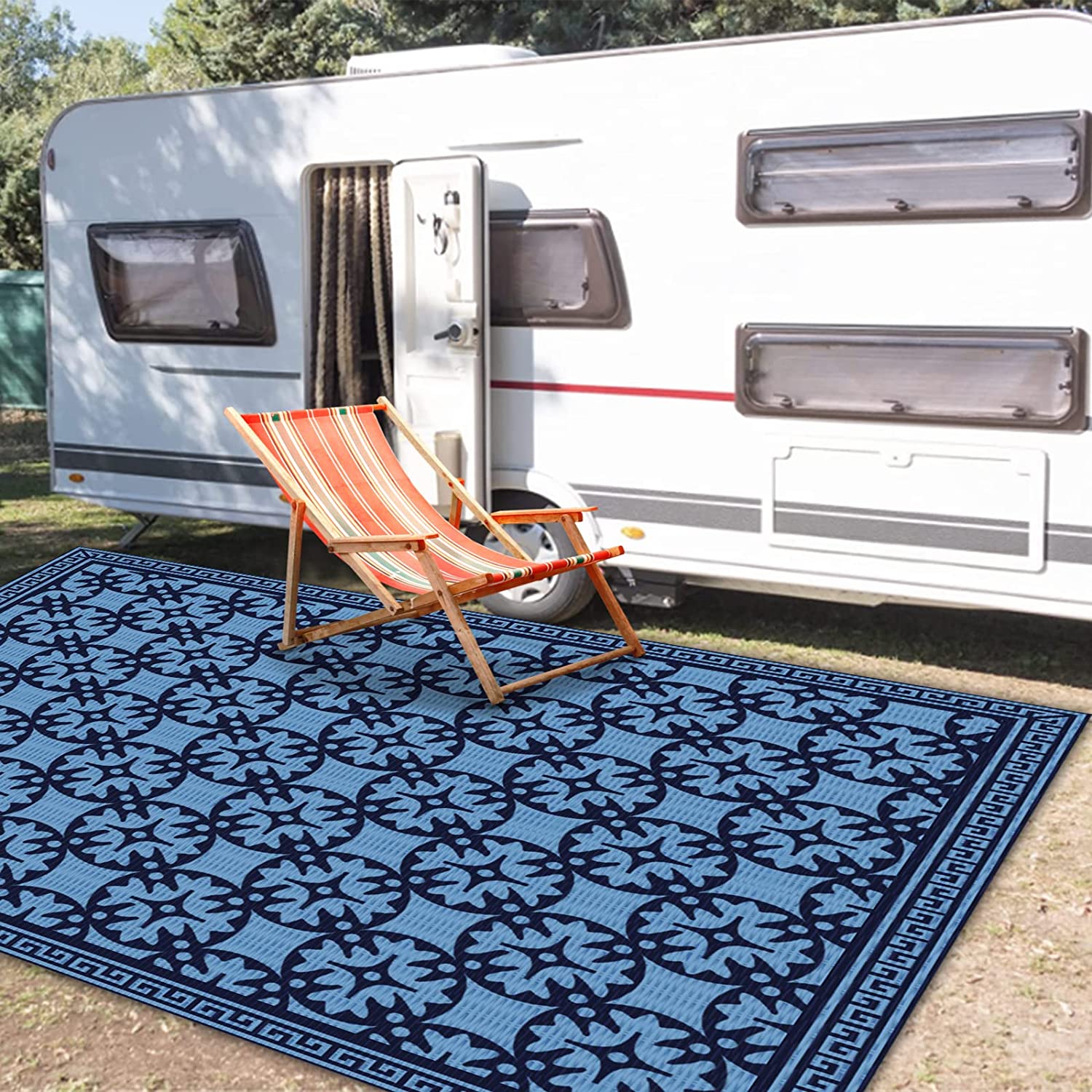
Whether you add insulation to the underside of your RV or not, investing in rugs and carpets is a great idea. No matter how much insulation you add, there’s still a chance that you’ll be stepping on a chilly floor in the mornings. Placing rugs and carpeting around your RV will help negate that early morning chill.
Install Window Coverings
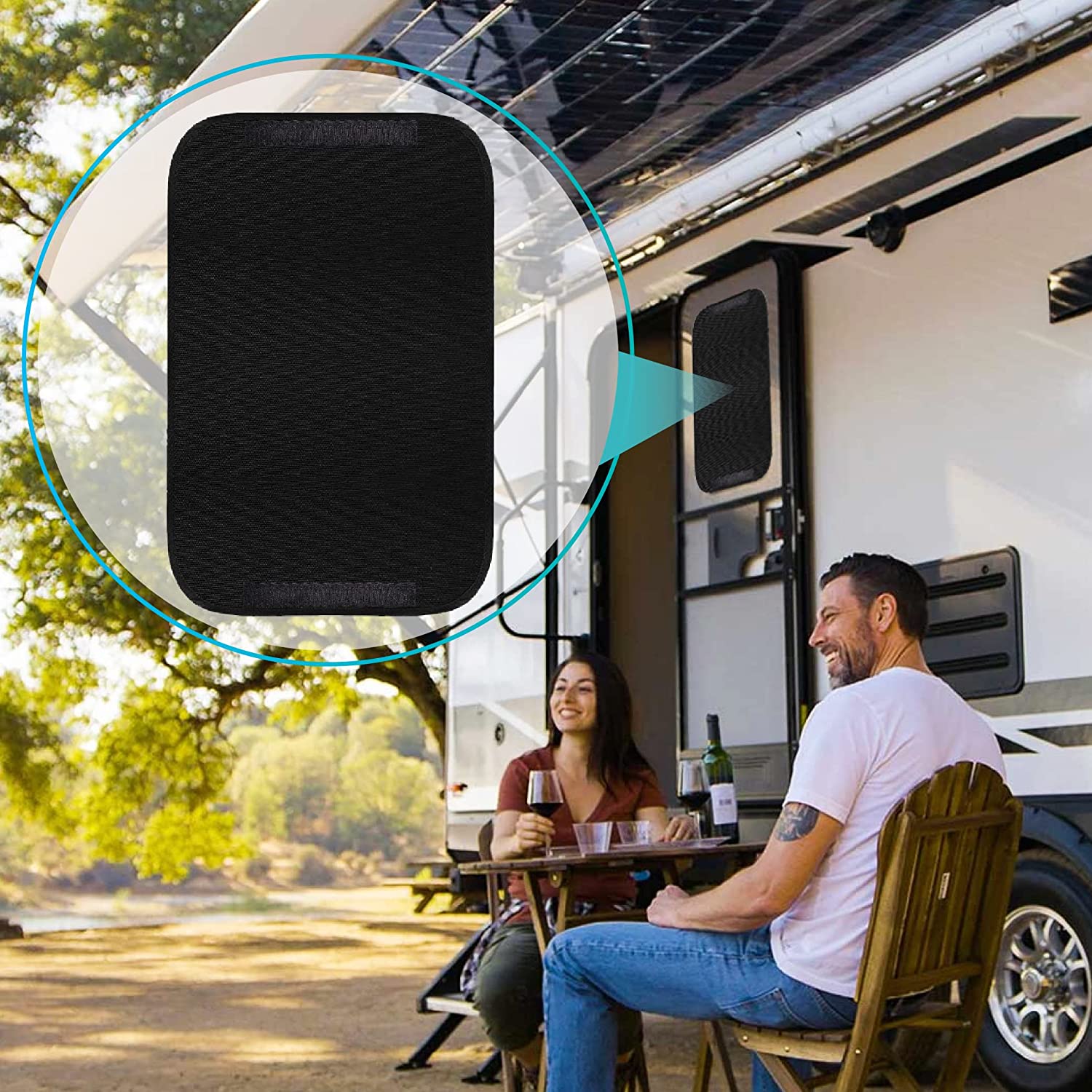
The key to staying warm during the winter is ensuring that warm air stays in and cold air stays out. RV windows are often the biggest culprits that get in the way of this. RV windows are usually single-pane and very thin, so they’re not very good at regulating airflow.
To fix your window problem for RV living, you have two options. You can either replace your single-pane windows with double-paned ones. Or, you can place window covers over your windows to maintain airflow.
The latter option is much cheaper and more manageable and is usually sufficient to keep you warm during the winter. Insulated and reflective window coverings are pretty cheap and do a great job of keeping cold air out of your RV.
Protect Your Plumbing Pipes
One thing’s for sure. You aren’t going to last long in your RV in the winter if you’re plumbing pipes freeze over and you’re living without water. Frozen pipes are one of the most common occurrences regarding RV winter living, and they’re entirely avoidable.
The first thing that will help your plumbing pipes is insulating the bottom side of your RV. As you’re doing that, since you’ll have the underside of the RV exposed, it’s a good time to wrap your plumbing pipes. The most common and affordable way to insulate your plumbing pipes is to wrap them in heat tape. Heat tape is readily available at most hardware and RVing stores and even online.
The other option is to use actual insulation around your plumbing pipes. Most of the lines will measure 1/2″ in circumference, and there will be pipes running to your kitchen sink, bathroom sink, toilet, shower, and outside spigots or showers. It’s also a good idea to leave your cabinet doors open where any plumbing is located so that your RVs heat can get to the pipes inside.
Leaving your cabinet doors open and insulating your pipes and RV underbelly should be enough to keep your lines from freezing and bursting.
Interesting Read: How to Find the Best Full Time RV Mail Services.
Have Your Furnace Serviced and Inspected

You will not last very long if your furnace isn’t ready to go during winter. Your furnace is the only thing standing between you and having freezing temperatures inside your RV. Most, if not all, RV furnaces operate on propane, which means they can run without getting hooked up to electricity.
Here are the basics to check if you want to service your own furnace.
- Check the furnace filter and ensure it’s clean and ready to go. Replace it if necessary.
- Check your heating vents to make sure they aren’t clogged or damaged. You should do this from above and below when the underbelly is exposed for insulating.
- Make sure you don’t have any leaks in your gas line.
- Check your thermostat to ensure that it’s working correctly.
- Examine the heat exchanger on your furnace and the fuses on the motherboard.
- Make sure the blower is working as it should.
While you can service your furnace on your own, having a professional check it out may be best. HVAC professionals will have the tools to make the inspection easy and will also be able to spot problems if they’re present.
Purchase a Generator
One of the best things you can do to prep for winter is to purchase a generator. Generators are especially important if you have an electric furnace or supplementary electric heaters. Power outages are common in the winter, whether because of freezing lines, winter storms, or a car accident knocking down a power pole.
You can opt for either a solar generator or a gas-powered one. Solar generators are great and save money on fuel, but they’re only viable if you can charge them via methods outside the sun. After all, the sun doesn’t shine a whole lot during the winter, which means your generator will be useless.
Gas generators, on the other hand, will always be ready to go if they’re maintained and cared for. Gas generators also tend to have more operating power than solar generators and are more affordable. If you’re only going to buy one accessory for winter living in your RV, it should be a generator.
Invest in a Heated Water Hose
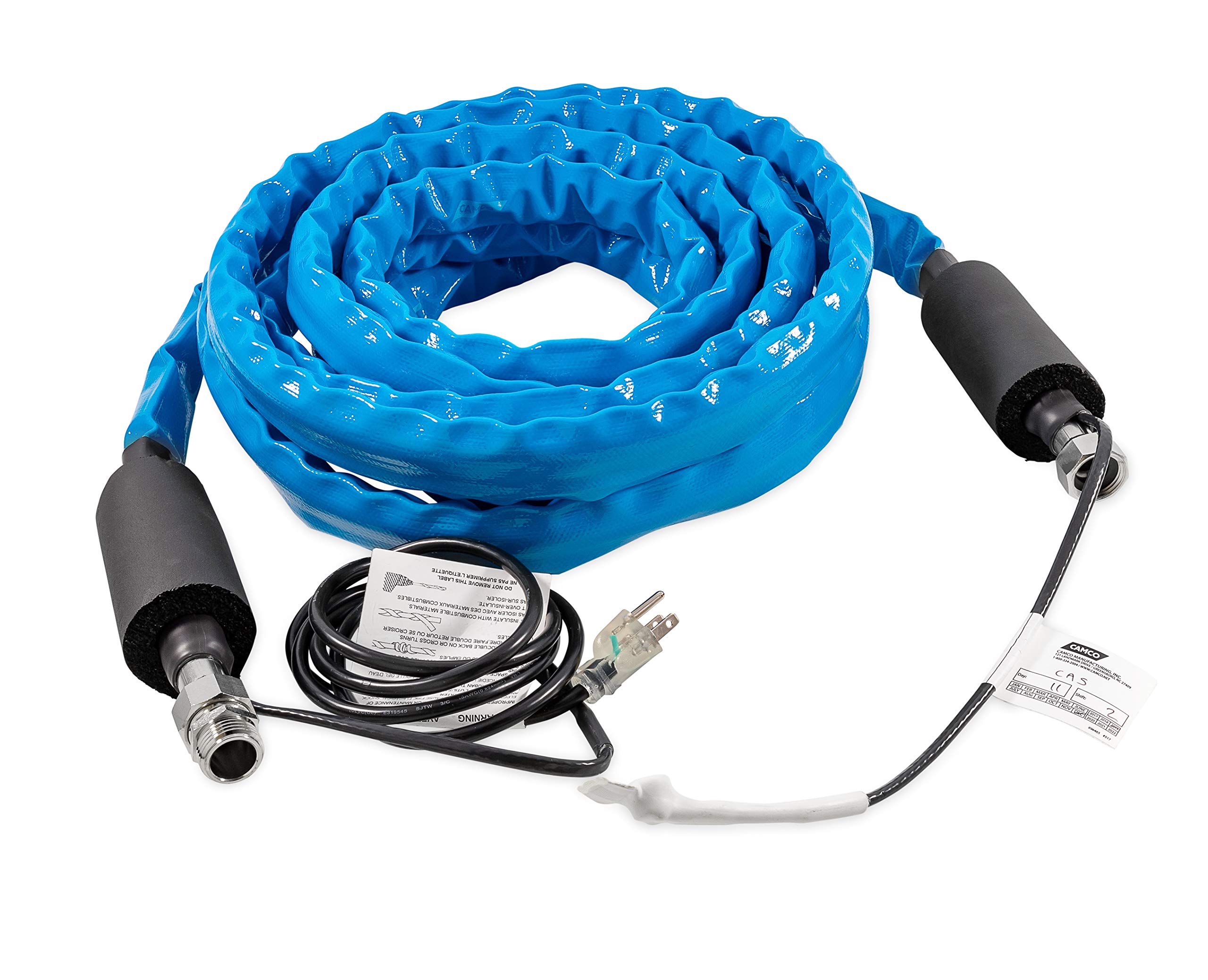
Now that the plumbing inside your RV is taken care of, it’s time to work on the water outside. After all, the water’s not going to do a whole lot of good if your water hose freezes over and it never reaches your RV. One option to navigate your water hose issue is to wrap it in insulation or heat tape. However, if temperatures drop low enough, this won’t be enough to keep your hose from freezing.
Instead, you should invest in a heated water hose. Heated water hoses get hooked up to electricity and have heating coils around them to ensure that the water it’s carrying doesn’t freeze. Water hoses aren’t cheap, but they’re well worth the money and are the best way to keep the water flowing in freezing temperatures.
Have Backup Heating Measures in Place
Even if you service and maintain your RV furnace with religious fervor, there’s still a chance it won’t work. There’s also a chance you’ll run out of propane, and your furnace will be useless. For that reason, investing in a backup source of heat is a good idea.
Electric Heaters
Your first option is to purchase a ventless electric heater. In fact, a ventless electric heater is our only source of heat, and it’s gotten us through some pretty cold nights. Depending on the size of your RV, you should have several heaters and place one in each room.
Space Heaters
The next option for auxiliary heat has a gas-powered space heater. Space heaters produce more heat than electric heaters but also require more maintenance. The main downside of a gas space heater in your RV is that it has to get vented outside because they give off carbon monoxide fumes. To vent your heater, you’ll have to open a window, negating most of the good it’s doing.
Your RV Fireplace
Most newer RVs come with an electric fireplace in the main living area below the TV. While these fireplaces are primarily decorative, they give off a decent amount of heat. They won’t be enough to warm up your entire RV, but they’re an excellent backup to supplement other heaters.
Have Your RV Batteries Checked
Whether you have a motorhome or travel trailer, you’ll want to get your RV batteries checked. It’s especially important with a motorhome because you’ll need your battery to drive. However, you’ll also want to check the auxiliary batteries on your travel trailer. Your rig is likely equipped with an inverter, which means parts of your camper will operate without electricity.
The lights, slideouts, awning, automated jacks, and certain outlets will work with your inverter. However, they’ll only work if your battery isn’t dead and is in working order.
Purchase Extra Supplies for Emergencies
In addition to insulation, a generator, extra batteries, and auxiliary heaters, here are a few other things to invest in for RV winter living.
Propane Tanks
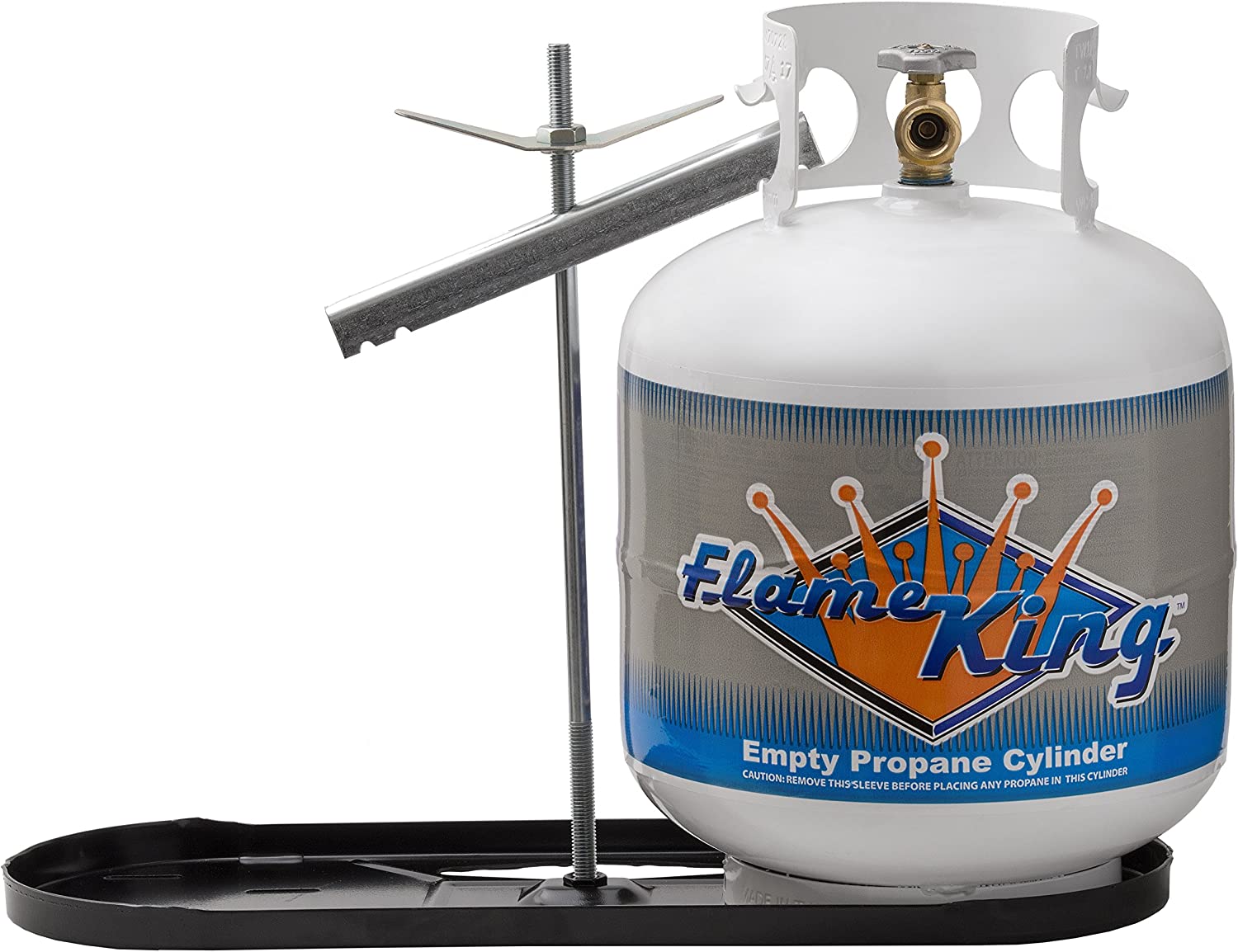
No matter how well you prepare, the propane tanks on your RV can only hold so much propane. As such, it’s only a matter of time before they run out, and you’re left stranded without a furnace. Therefore, you should always have at least one or two extra propane tanks. That way, you’ll have enough propane to last until you can run to town and refill your primary tanks.
Generator Fuel
If you have a gas generator, you should definitely have extra fuel with you. Whether that be gasoline or propane, extra fuel tanks are always necessary.
Food and Water
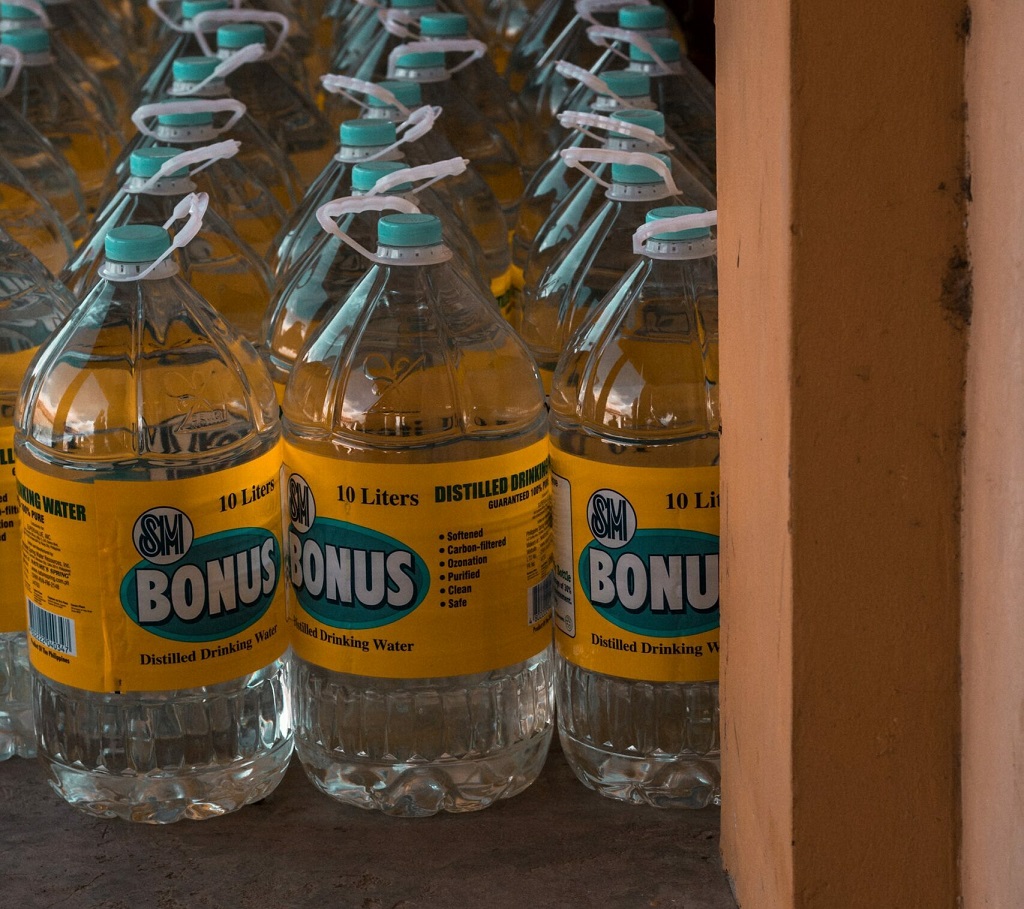
Winter is full of surprises, and you never know what will happen. Therefore, it’s a good idea to stock extra food and water in case you get stranded in a winter storm. Just because you never imagined it could happen to you doesn’t mean it won’t. It’s always better to be safe than sorry.
Clothing
No matter how well you insulate your RV, cover your floors and windows, and keep the heater on high, you will still get cold at one point or another. To help combat the cold, you should invest in some extra clothing – quality clothing.
Extra coats, pants, socks, hats, gloves, and multiple base layers are a good start. Don’t skimp on quality either, because cheap winter clothing isn’t going to last long or maintain your internal body temperature.
Seal and Cover External Components
Once you’ve got the plumbing and insulation covered, it’s time to move on to making sure your RV is sealed and covered. Here are the steps to go over.
- Cover your rooftop air conditioner with a waterproof, thermal covering.
- Cover your bathroom fan vent and any other fan vents.
- Reseal any caulking around the roof and walls of your RV.
- Reseal around pipes and components protruding through the roof of your RV.
- Essentially, you should inspect and reseal wherever necessary, anywhere that there’s caulk.
Purchase an RV Skirt
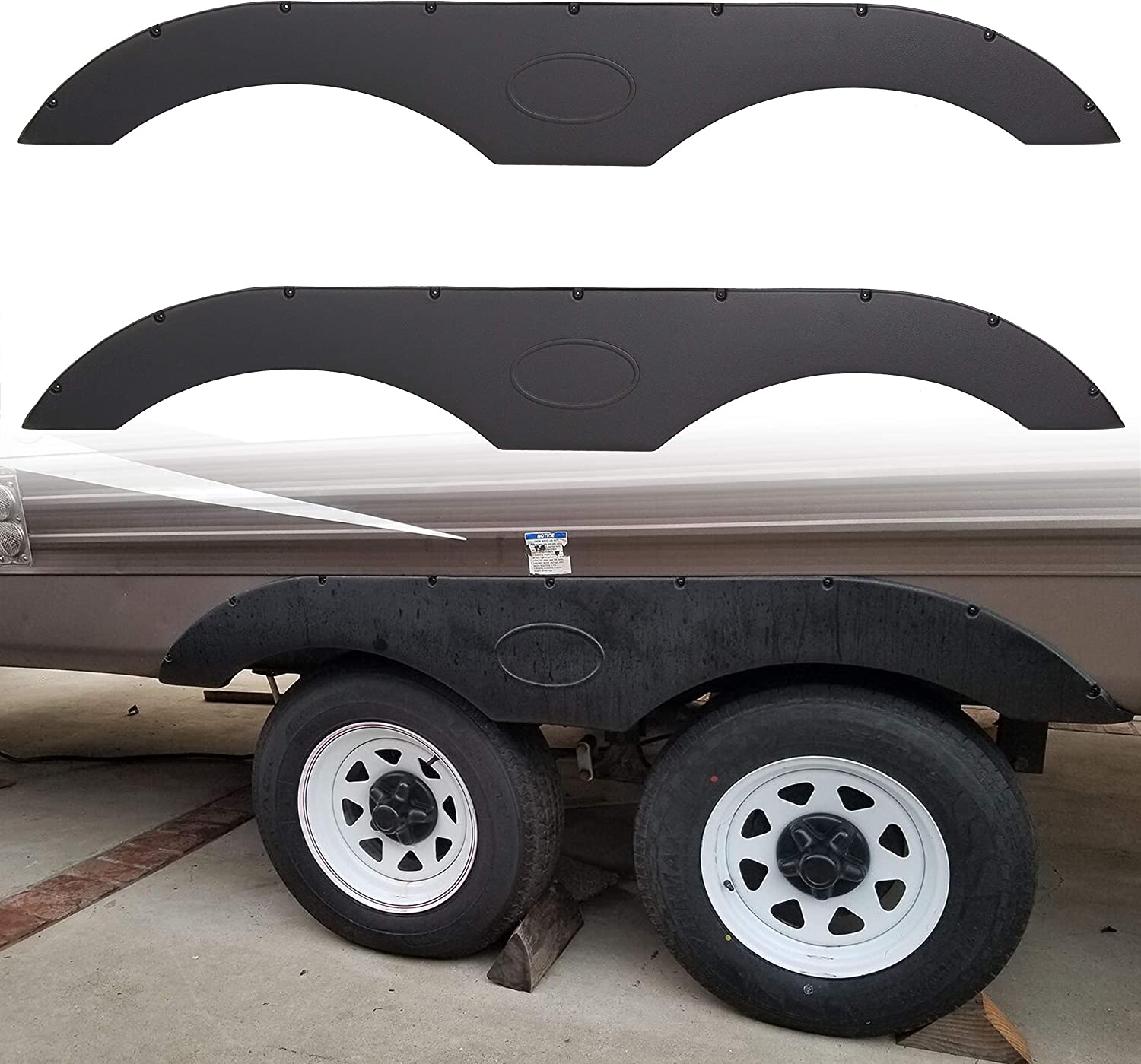
They don’t look the greatest, but investing in an RV skirt is a must if you plan to live in it during winter. A winter skirt will help keep the wind and cold from betting underneath your RV. It will also help keep critters and vermin outside. Small pests such as mice and rats are drawn to heat, so they’ll try to eat their way through your RVs underbelly covering and get to the insulation inside.
If you have an RV skirt, however, there’s a good chance they won’t be able to access it in the first place.
Check the Specs of Your RV
Depending on your RVs year and model, there’s a chance that it’s equipped with a winter package or four-season kit. RVs built this way have extra insulation and are better prepared for winter living. While you can live in an RV during the winter, that doesn’t include this package, it’s a benefit. It’s also something you should look for when purchasing an RV if you plan to try RV winter living.
Traveling in an RV During Winter
Most people who do the RV winter life like to stay in one place for the entire season. However, whether you want to go on a road trip or can only stay at a single location for a limited time, it might be necessary to move around during winter. If you fall into that boat, here’s what you need to do.
Check and Recheck Your Tires
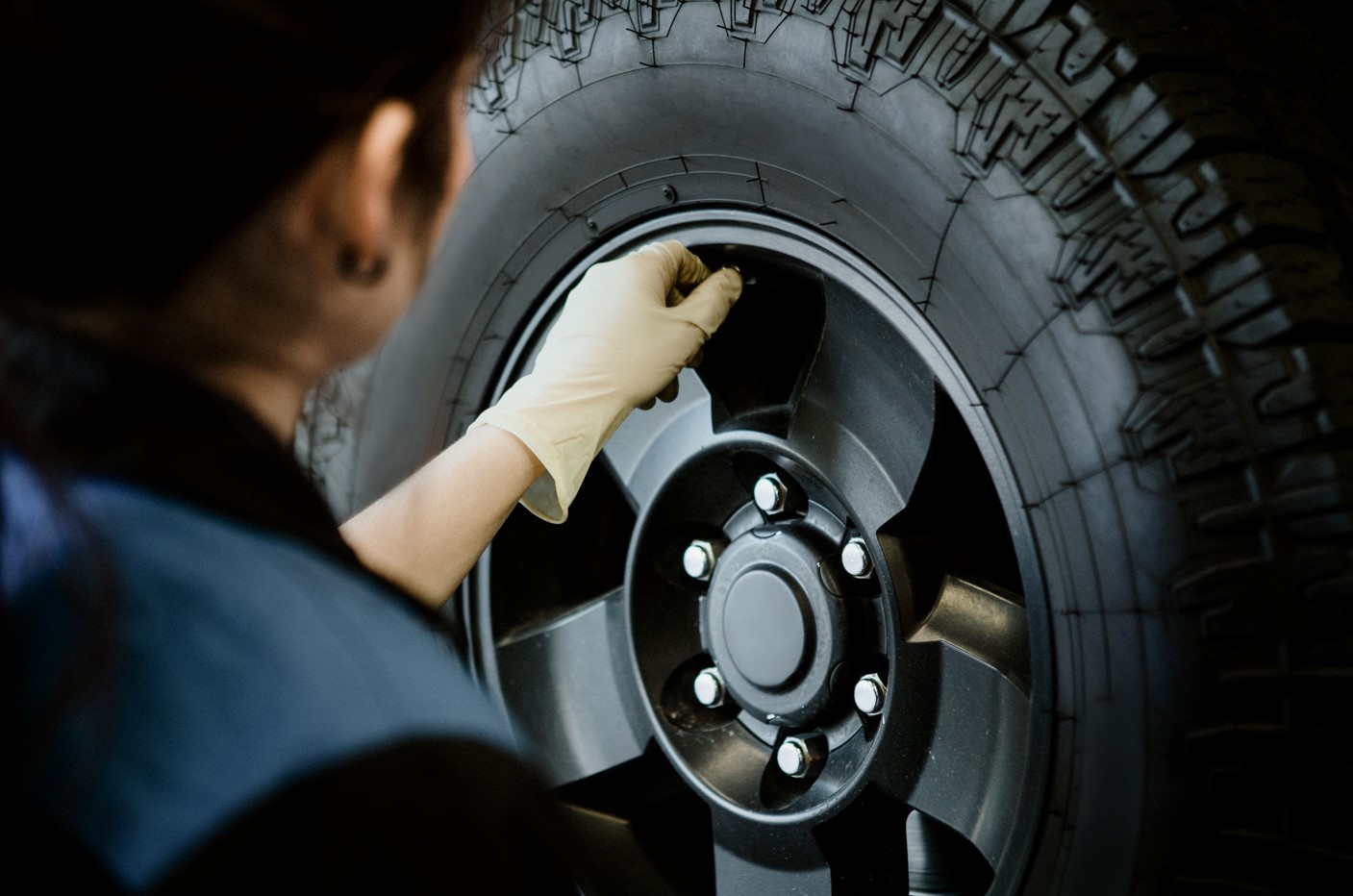
Your biggest enemy while traveling in winter is going to be your tires. Without good tires, you’re liable to run off the road or struggle to maintain control because of swerving. Therefore, you should check your tires before embarking on a journey. You should also make an investment in new winter tires with deep treads. Flat or bald tires are a major safety hazard in icy or snowy conditions, so avoid them at all costs.
Have the Engine Serviced
Whether it’s the engine of your towing vehicle or your RV, it’s important to have it in good working order. You should change your engine oil every three months or 5,000 miles. You should also have an in-depth engine inspection from a professional mechanic every six months to a year.
Drive Safe!
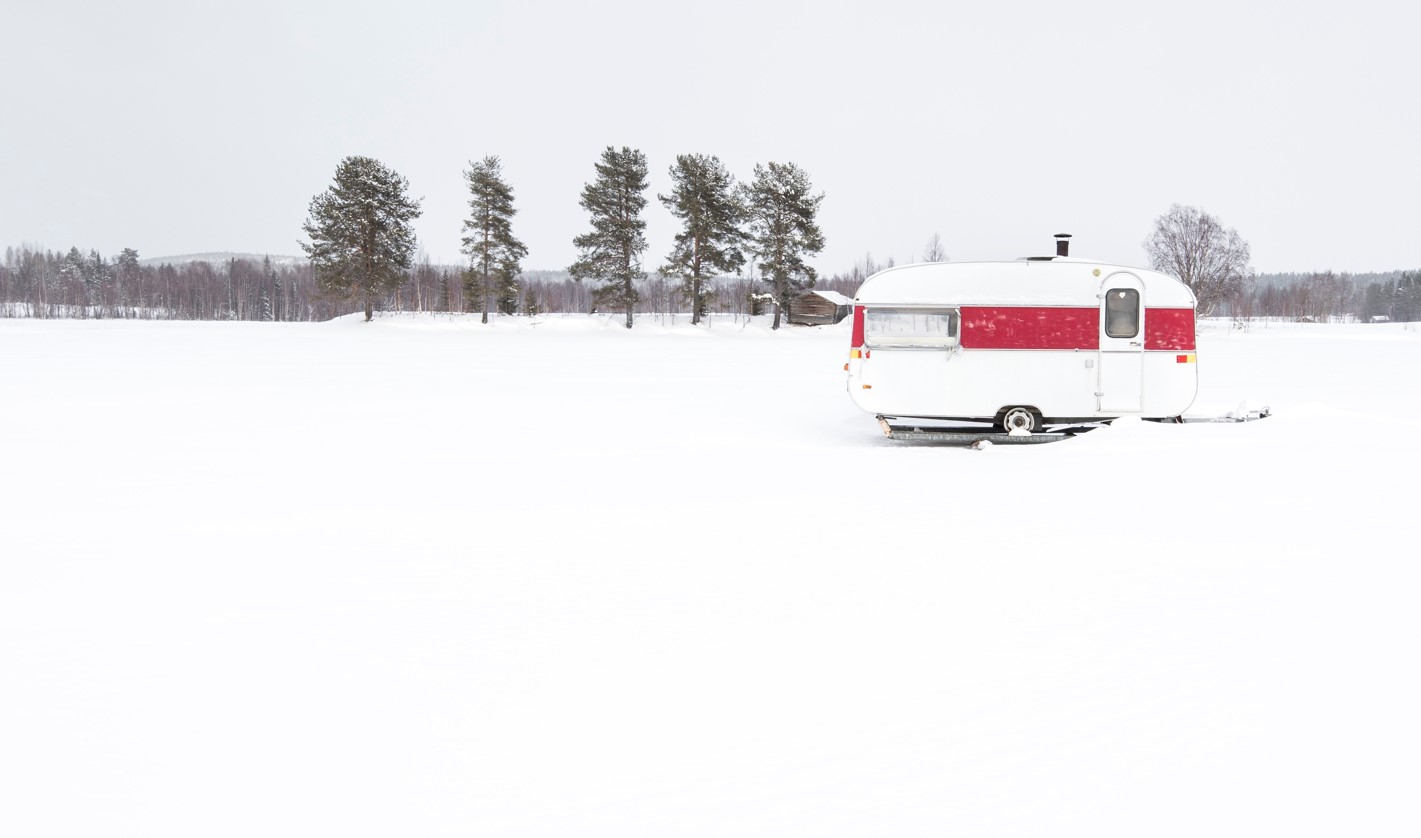
It might go without saying, but driving slow when you’re towing an RV is important – especially when the roads are bad. Never go faster than you’re comfortable with, and stay off your phone!
Be Patient With Each New Setup
The main reason that people don’t like to travel much during winter if they’re living in their RV is because of the takedown and setup. Every time you move to a new location, you must redo the RV skirting, recheck the tires, disconnect and reconnect your water lines and sewer hose, and go through everything with the RV jacks and slideouts.
While this isn’t a huge deal from spring to fall, it can be a real pain during winter, especially if insulated components are involved. There’s also a chance that your RV jacks or the gears that operate the slideouts will freeze up. In short, a typical 30-minute job can easily turn into a 3-hour one. For that reason, most people like to set up somewhere and stay put.
Frequently Asked Questions
Question: What to do if my plumbing pipes burst?
Answer: If, heaven forbid, your plumbing pipes burst, here’s what you need to do.
- Go outside and turn off the water spigot that your water hose is connected to.
- Disconnect your outside water hose and drain it so it, too, doesn’t freeze.
- Use blankets, towels, and anything else you have handy to mop up excess water.
- Contact an emergency plumber so they can repair or replace the damaged pipe.
- Don’t reconnect the water again until you wrap your plumbing pipes in insulation or take measures to insulate the bottom of the RV. The odds are that if it happened once, it will happen again if you don’t do anything differently.
Question: Are there extra tools to pack for winter living?
Answer: Here are a few extra tools to take with you on your winter travels.
- Snow Shovel
- Chains in case you go in a ditch
- A windshield scraper for ice and snow
- Roadside flares in case of emergency
- Extra food and water in your towing vehicle
- An electric blanket
Question: Will my RV holding tanks freeze?
Answer: If you have enough insulation in the bottom of your RV, there’s a good chance that your tanks won’t freeze. However, if they do freeze, you’ll have an expensive repair on your hands and a big problem. You won’t be able to drain your tanks until they unthaw, and there’s a good chance that your tanks will burst or suffer damage.
Final Thoughts
If you think living in an RV in moderate temperatures is an adventure, you’re in for a real treat when winter comes. While living in an RV during winter can be difficult and inconvenient, it’s actually a good time if you prepare properly. The best way to do that is by adhering to our full-time RV living in winter guide. If you follow our advice to a T, you and your family will surely enjoy your winter adventures.


